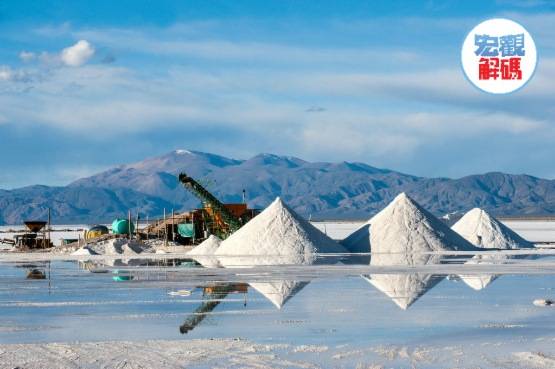Trend reversal in local transport The train discovers the surface
Status: 06/22/2021 6:53 p.m.
Deutsche Bahn reactivates 20 disused routes and expands again into the area. The goal: Local transport should also become more attractive for people in rural areas.
Of Ulrich Crüwell, rbb
Despite all – partly justified – criticism of Deutsche Bahn AG: No other means of transport is under the same economic pressure as rail transport. “The rail is the only transport infrastructure that is shrinking. It is the only transport infrastructure that has to pay off. If we apply these standards to motorways, some roads in Mecklenburg-Western Pomerania would have to be demolished immediately,” says Dirk Flege, the managing director of Allianz per rail.
06/18/2021
Consequences of climate change The railway wants to become “more weatherproof”
According to a study by climate researchers, there will be more heavy rain and hot days in Germany.
The rail network is growing for the first time in ninety years
But the shrinking of the rail network has finally come to an end, says Flege and speaks of a turning point. The railway is no longer dismantling, but the network is growing – as the federal government has longed for.
In their coalition agreement, the Union and the SPD agreed to double the number of passengers by 2030. But despite political will, the rail network became smaller and smaller and the road network increasingly dense by 2020. Many smaller cities lost their rail connections. But now Deutsche Bahn is putting 20 disused routes with a total length of 245 kilometers back into operation. “This is clearly just the beginning,” announced Jens Bergmann, head of planning at the DB Netz division. For people who live in the countryside, this could be good news.
06/09/2021
High-speed trains How Deutsche Bahn is planning the future of the ICE
Deutsche Bahn is currently expanding its fleet with new fourth generation ICE trains.
Historical undesirable developments
For Martin Henke from the Association of German Transport Companies, it is even a historic one, because it ends an undesirable development that began ninety years ago with the construction of the first motorway. In the fifties and seventies there were real shutdown programs for railway lines, according to Henke. The Germans clearly preferred the car and built one of the densest motorway networks in the world.
After the fall of the Berlin Wall, it was a matter of optimizing, and politicians wanted the railway to be privatized as a stock exchange company. Rural local transport turned into a losing business. Deutsche Bahn speaks of a downward spiral: “If demand fell, little was done to make the route more attractive for passengers or freight traffic again.” According to Allianz pro Schiene, more than 15 percent of the rails were decoupled between 1990 and 2020 alone. But the mood in the country seems to have changed. The rail is experiencing broad political and social support, says association representative Henke. And this mood could also change the group.
FAQ 08/23/2018
Deutsche Bahn Can the cycle timetable solve the problems?
Deutsche Bahn is to become more punctual by introducing a regular timetable.
“Every kilometer of track is active climate protection”
Among other things, the railway is putting closed connections in sparsely populated regions in Mecklenburg-Western Pomerania and Schleswig-Holstein back into operation. Whether big money can be made with it seems at least questionable. But apparently that is no longer that important – what counts is political and social will.
Bergmann, board member of Deutsche Bahn, formulates the corporate objective as follows: “We want to attract more people to the railways, get more goods on the rails. Every kilometer of track is active climate protection.”





























































You must log in to post a comment.